District derived its name from the location of its head quarters at Kannur town. The old name 'Cannanore' is the anglicized form of the Malayalam word 'Kannur' Early in the 9th Century A.D the Cheras re-established their political supremacy in Kerala under Kulasekhara Varman. They ruled till 1102 A.D with their capital at Mahodayapuram. At the same time a separate line of rulers known as the Mooshaka kings held sway over Chirakkal and Kasaragod areas with their Capital near Mount Eli. By the 14th Century AD the old Moosaka Kingdom had come to be known as Kolathunad and the rulers known as Kolathiris. They were political & commercial rivals of the Zamorins of Kozhikode.
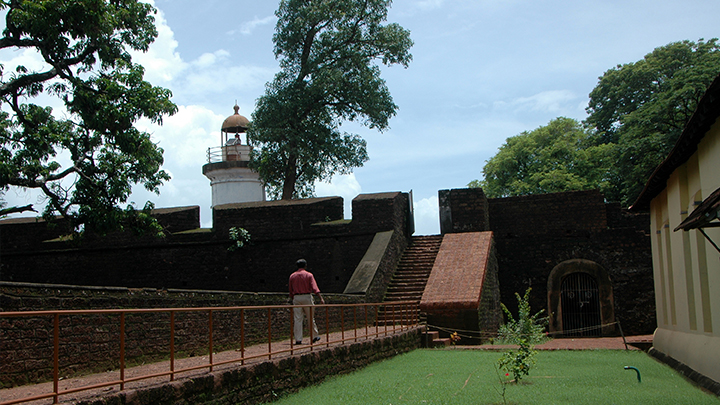
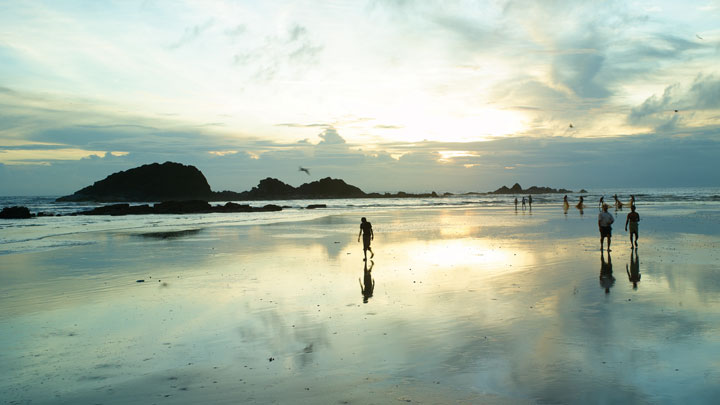
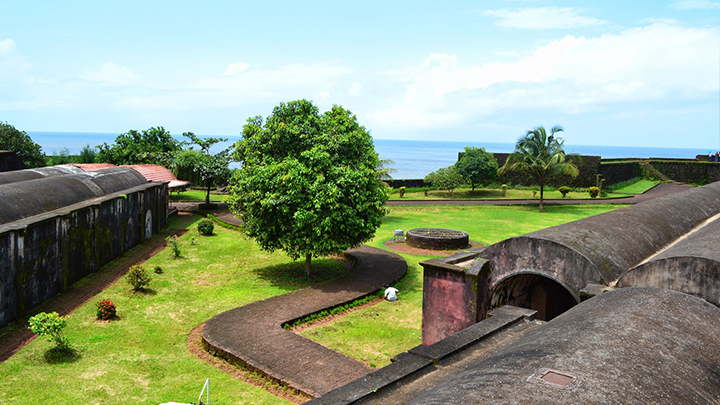
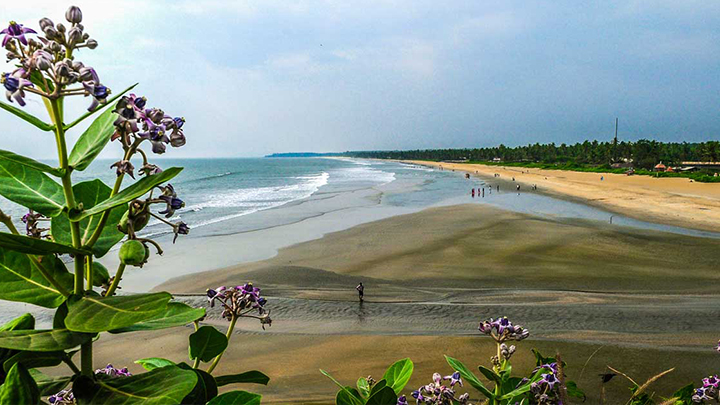
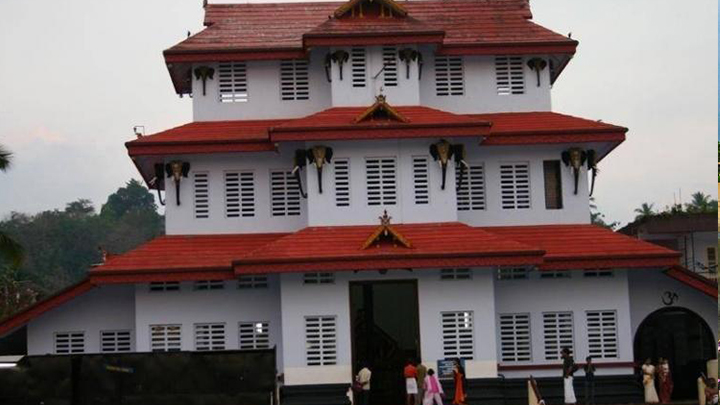
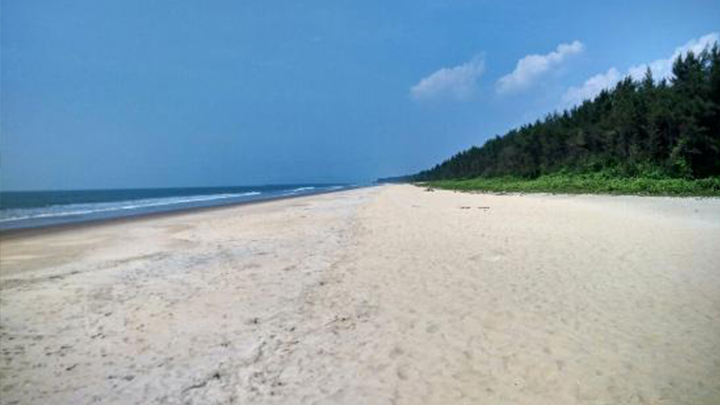

A spectacular town built on Seven hills served by seven rivers, was the first settlement of the East India Company, which built a fort at Tellicherry in 1708.
The enchanting ambience of the Muzhapilangad Beach invites you to swim, sunbathe or just lounge around.Black rocks protect this long, clean beach from the currents of the deep, making its shallow waters a swimmer's paradise, Perhaps this is Kerala's only drive -in beach where you can drive along the entire length of 4km.


This long secluded beach is situated around 2 km from Kannur. This beach is a local picnic spot There is a well laid out garden and a massive sculpture of mother and child erected by the famous sculptor Kanayi Kunchiraman.
This seafront laterite fort was constructed in 1505 AD by the first Portuguese Viceroy, Don Francisco De Almeds.


Uncrowded , the beach is a tourists' paradise, with golden sand and surf. It is situated at Azhikode , 12 km from Kannur.
The Parassinikadavu Muthappan (Siva) Temple on the banks of the Valapatnam River attracts people from all sections of the society; irrespective of religion, caste and promotes the essence of "Vasudaiva Kutumbakam - The whole world is one family."

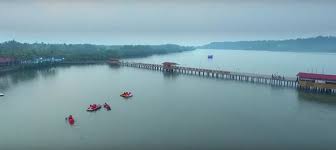
Vayalapra park, a scenic waterfront public park in Kannur.The place provides a spectacular view of the backwaters surrounded by mangrove forests and the Ezhimala hills. The mangrove forests are home to a number of exotic birds and is a birdwatcher's delight.

Kannur district has had its industrial importance mainly inHandloom,Plywood and Beedi industries from very early days. Being blessed with variety of factors such as good soil, salubrious climate, rich forests, enormous fishing potentials minerals as well as infrastructural facilities like road, rail, inland water transport etc, the district offers ample scope for the development of industries.

The Kolathri Kingdom deserves special mention with regard to the cultural heritage of the state. In the 14th and 15th centuries under the Kolathiri Rajas, Thaliparamba became a famous centre of learning, enlightenment and culture. With the transfer of the capital of Kolathiri from Thaliparamba to Chirakkal, Chirakkal also rose into prominence as a great centre of the arts. The gift of the district in the field of art and culture is its folk arts.

A large number of folk plays and dances are prevalent among the scheduled caster and tribes. Each tribe has its own glorious collection of folk plays and dances which are performed during festival
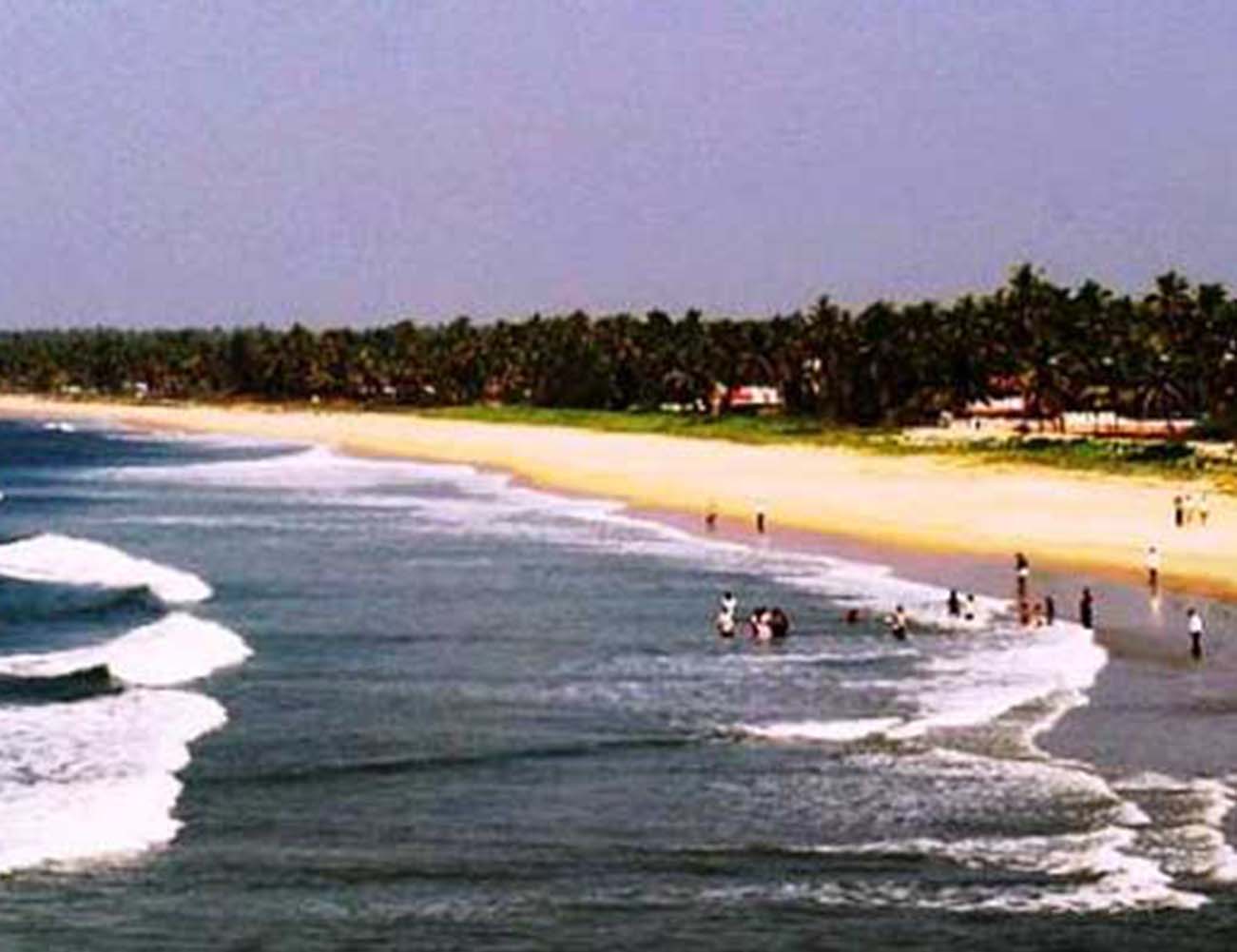
It is an entertaining folk play of a quasi religious nature which is performed in the central parts of Kannur districts by the Malayans who are experts in the devil dancing.

Vedan Paddal is a peculiar ceremony observed in certain parts of the district on the month of Karkidakam which coincides with the season of scarcity in Kerala.

This is a highly ritualistic dance. The theyyam dance is performed during the festivals of the shrines known by the name like Muchilode, Kavu, palliyera mundya tanam, Madhappura etc. It is essentially a human oration